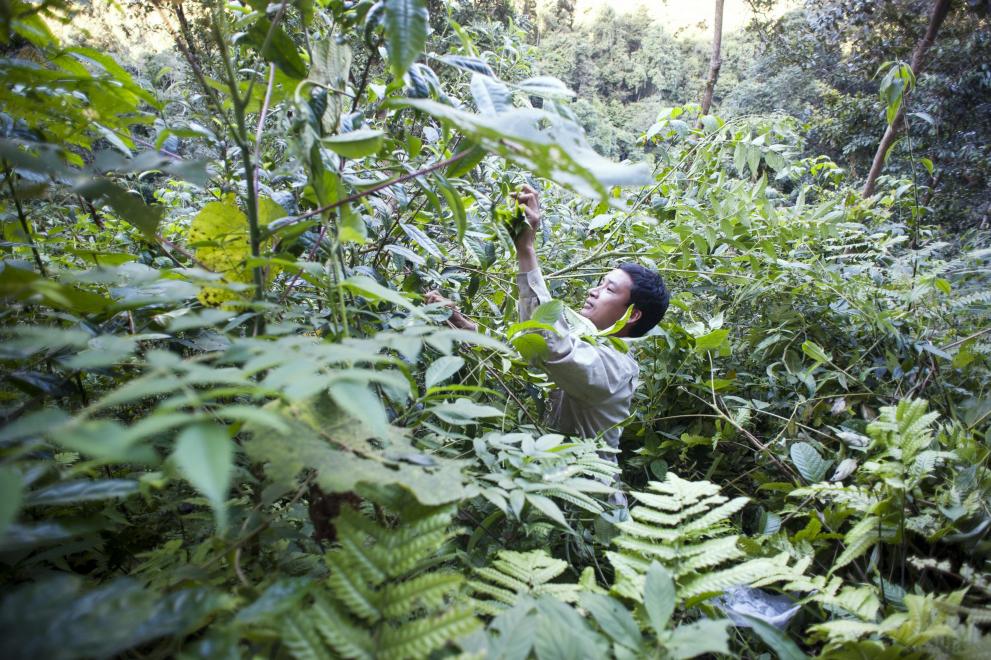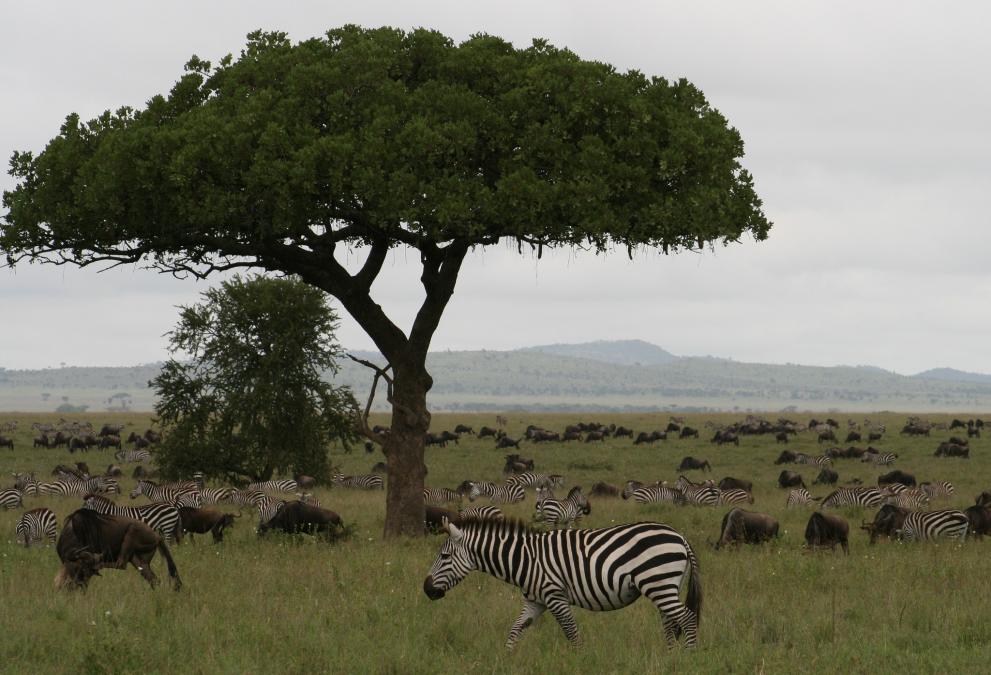Biodiversity and resilient ecosystems are essential to sustainable development, especially when it comes to issues such as food and nutrition security, access to health and water, good governance and peacebuilding.
Maintaining biodiversity and ecosystems services is crucial to reduce poverty as well as the risks of natural disasters. We therefore act at all levels to help fight unsustainable practices that are threatening biodiversity and ecosystems around the world.
Our action in that field is in line with the Sustainable Development Goal 15 and the UN Convention on Biological Diversity.

Related documents

Decision C(2021)9639 - Action document(s) included:
- annex 1658351: Energy
- annex 1658352: Energy; Climate action
- annex 1658353: Energy
- annex 1658354: Biodiversity and forests
- annex 1658355: Climate action
- annex 1658356: Water and sanitation
- annex 1658357: Environmental policy and administrative management
- annex 1693729: Climate action



